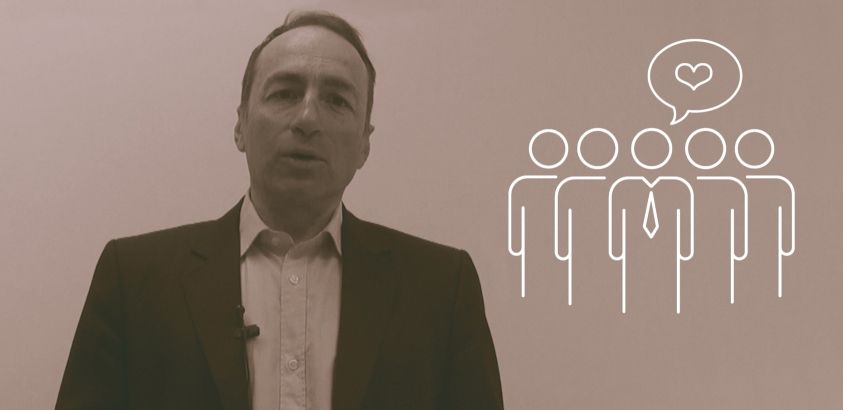Economy and emotions
Why behavioral sciences can influence (and save) our investments
Why behavioral sciences can influence (and save) our investments
On May 11th, behavioral sciences entered Palazzo Chigi. Matteo Motterlini, professor at San Raffaele University, has recently been appointed Advisor for Social and Behavioral Sciences to the Presidency of the Council of Ministers. Motterlini is a philosopher of science and he has been dealing with behavioral economics for years. But what does psychology have to do with the economy?
Let us assume you decide to go on a diet: would you rather buy a 95% low-fat yogurt or a 5% fat one? And would you prefer a 90% pure cashmere sweater or a 10% wool blend? Clearly they are precisely the same yogurt and the same sweater, but thinking about the instinctive response that flashed into our mind can give us meaningful insights.
The framing effect is one of the most interesting discoveries of behavioral economics. A discovery that led the pioneers of cognitive psychology, Daniel Kahneman and Amos Tversky, to win the Nobel prize. The framing effect is a cognitive bias concerning the meaning we attribute to words or sentences. According to the way we package information, we can encourage certain interpretations and discourage some others.
As a consequence, according to Matteo Motterlini “there is a way of presenting problems, even economic ones, which we might call the art of framing”. A frame that can change the content of the framework. The art of persuasion, rhetoric and the way we present problems offer much room for manoeuvre because human beings are not perfectly rational, and thus their choices can be oriented. A possibility that would not exist if we were all capable – every time, and invariably – of calculating the costs and benefits of all our actions and – as economists say – maximize our utility.
This notion, of course, is undermined by our concrete experience, and it is precisely in the gap between absolute rationality and human being, mostly an emotional gap, that cognitive sciences can be applied to economics.
This is not a trivial task. The objective is to study human irrationality with rational tools, such as behavioral economics and neuroeconomics. Motterlini is studying the neural correlates to individuals’ economic decision-making. An important discovery is that fear is a fundamental aspect of the decision-making process. In particular, the weight of possible losses is more than double than the weight of profits. “This means that the pain inflicted by a loss is more than twice the pleasure we derive from gaining something. So, to recover the pain caused by a loss of 100 euro, we must earn more than double that amount”. As fear can have a disruptive effect, how can we prevent panic from leading us to unwise choices? According to Motterlini, in order to try to neutralize the traps and the most negative effects of fear the only way is to know ourselves and the direction of our emotions. It is imperative to study our mind and our decision-making processes. In particular, this is about searching through a scientific approach the constants and it is about understanding the cases in which humans deviate from the established economic theory in a consistent and thus predictable way.
A closer attention to our mood and emotions could open the way to a new economy. Behavioral economy is more human and more functional, because it is based on how our mind actually works instead of how we assume it would work if we were perfectly rational agents, as the traditional “homo economicus” has always been described.

